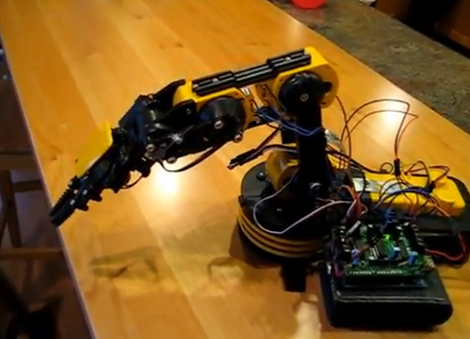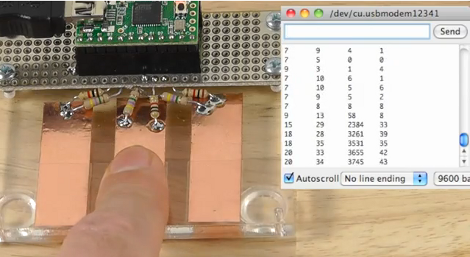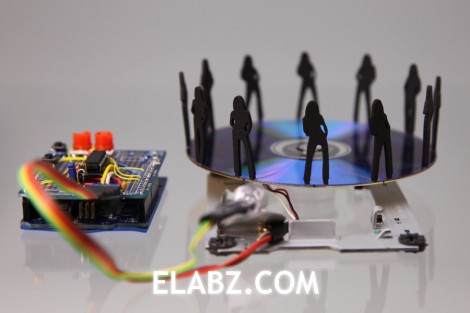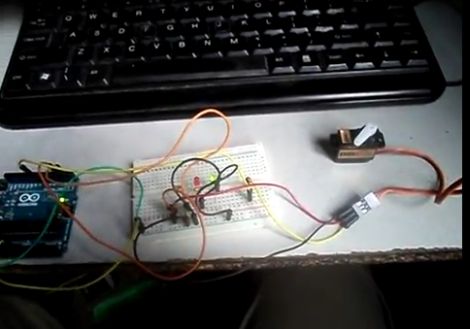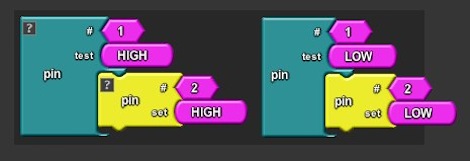
The Arduino is an excellent first embedded development kit, provides a great introduction to electronics, and has the potential to get children into programming. [David] thinks throwing C at non-programmers isn’t the best way to learn programming, so he developed ArduBlock , a graphical programming language for the Arduino.
We’ve seen a number of graphical, block-based programming languages in our time, most notably Scratch. [David] found a project called OpenBlocks that serves as the basis for Android App Inventor.
[David] forked the OpenBlocks project and started working on his new graphical programming language. ArduBlocks uses the Arduino IDE, so everything possible in C with an Arduino should be possible with ArduBlocks. There’s a lot of thought put into the design of the blocks – the first iteration was far too ‘busy,’ but [David] cleaned it up and made the projects understandable.
For an absolute beginner, we couldn’t imagine anything better. ArduBlocks would be great for children, and we can’t wait to see a proper implementation of ArduBlocks with a touch screen.


